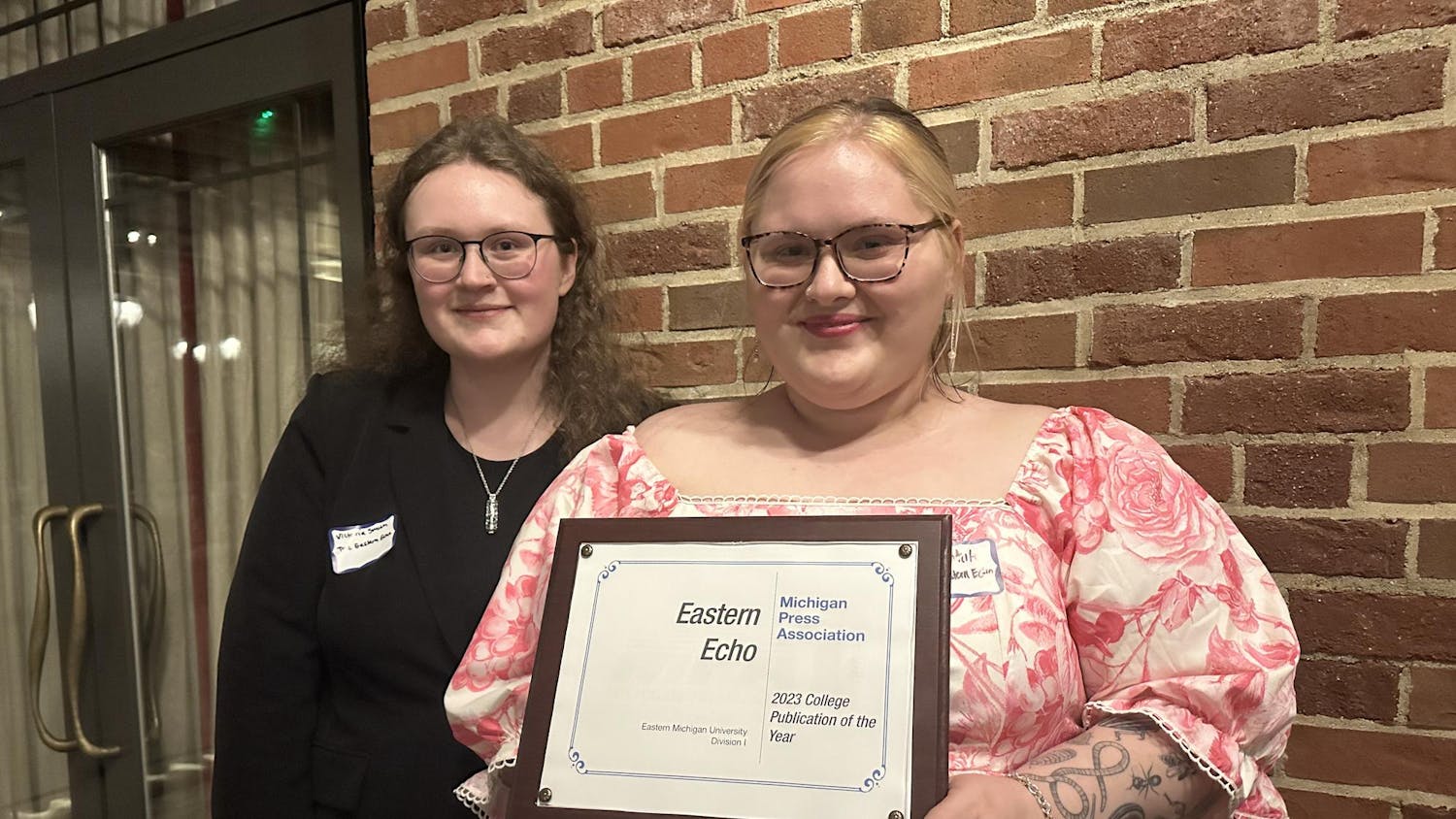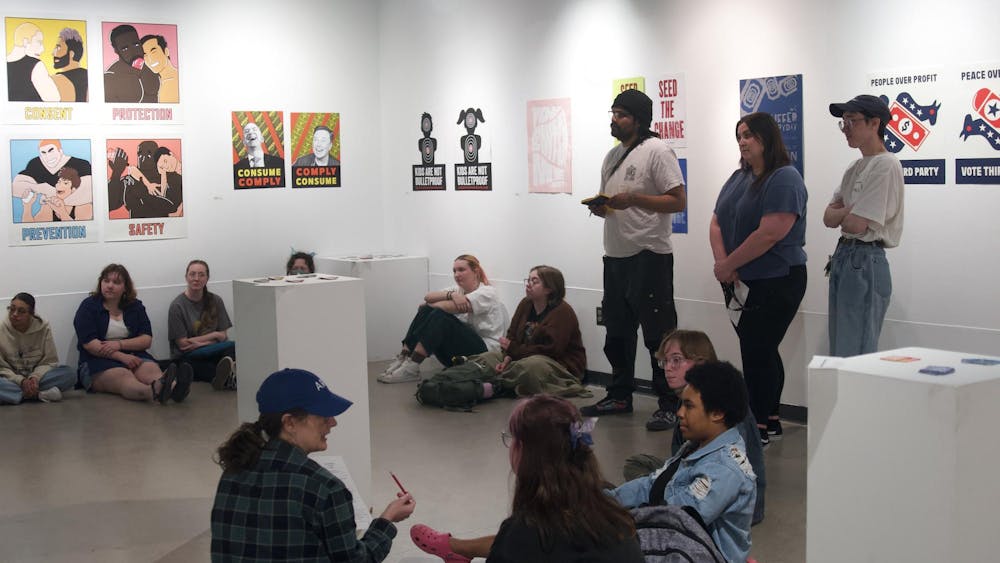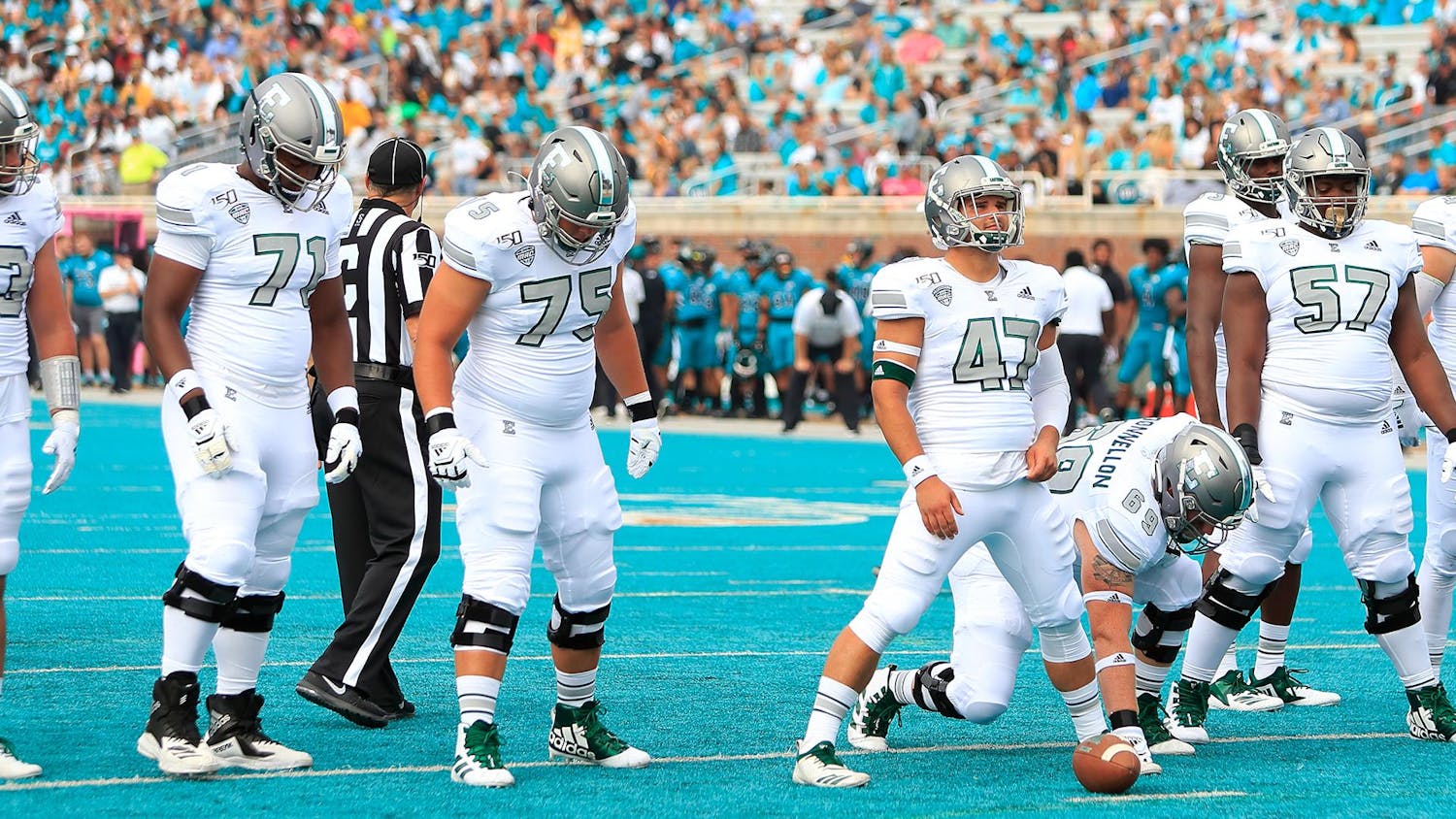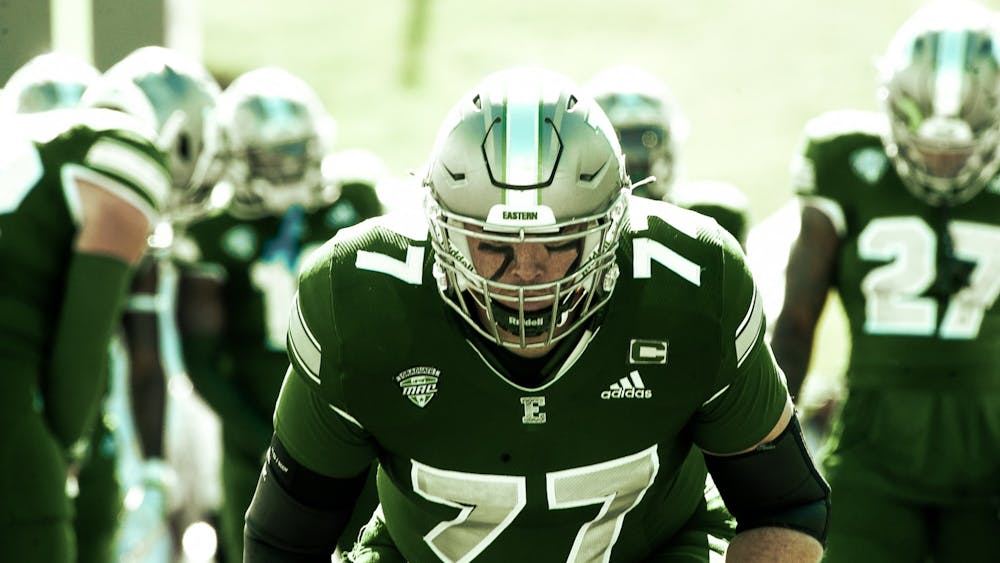WASHINGTON – The Supreme Court took up a dog fighting case Tuesday to decide whether the First Amendment’s protection for freedom of speech goes so far as to protect the sale of gory videos of animals being tortured and killed.
But the argument turned to an even more ominous question:
Could the government outlaw a future “Human Sacrifice Channel” on cable TV or “snuff films” showing humans being killed?
That question might have given a boost to a case the government and animal-rights advocates seemed to be losing.
Last year, a federal appeals court, citing the freedom of speech, struck down a law against selling videos with scenes of animal cruelty.
The law applied only to illegal acts of torturing or killing animals, not legal hunting or fishing. It was intended to dry up the underground market in so-called “crush videos” that show animals being stomped by women in high heels. More recently, it has been used to prosecute people who sell videos of pit bulls and other dogs fighting.
Most of the justices sounded wary of reviving that law, fearing it might be used against depictions of bull fighting or other scenes of animals being killed.
Justice Antonin Scalia, an avid hunter, insisted the First Amendment does not allow the government to limit speech and expression, except for sex or obscenity.
“It’s not up to the government to tell us what are our worst instincts,” Scalia said. He repeatedly cited Adolf Hitler and his policies of extermination. “Can you keep him off the screen?” Scalia asked.
But Justice Samuel Alito garnered the attention of his colleagues with questions on whether videos portraying humans being killed would be protected as free speech.
Raising a hypothetical, Alito said there might well be a “pay per view” market for programs made outside the United States and beyond the power of U.S. law that showed real persons being killed. He called it the “Human Sacrifice Channel” and wondered aloud whether Congress could outlaw showing such programs in this country.
“Live. Pay per view, you know, on the ‘Human Sacrifice Channel.’ That’s OK?” Alito asked.
An attorney who was defending a Virginia man who sold dog fighting videos said she was not sure.
“The fact conduct is repulsive or offensive does not mean we automatically ban the speech,” said Patricia Millett, the attorney for defendant Robert Stevens.
She said the First Amendment usually protects speech and expression, even if the underlying conduct is ugly or illegal. She said the government should work to stop the illegal acts, rather than make it a crime to show them. Several members of the court pressed her to explain further.
“I’m still looking for an answer,” said Chief Justice John G. Roberts. Jr. “You are unwilling to say that Congress can pass a law that you cannot have a ‘human sacrifice’ channel?” Justice Ruth Bader Ginsburg mentioned “snuff films” and said they raise the same problem.
But for much of the hour, the government’s attorney, deputy U.S. solicitor general Neal Katyal, struggled to convince the justices the law was targeted only on so-called crush videos or dog fighting videos.
Robert Stevens, the Virginia man, was convicted for selling three videos that contained scenes of pit bulls fighting in Japan, where this is legal.
By the argument’s end, the justices seemed to be weighing several possibilities. One was to narrow the reach of the law to focus only on the crush videos. A second would be to uphold the law as written, but make clear that moviemakers, photographers and others had a right to challenge its use against legitimate work portraying animals. A third possibility was to rule the entire law unconstitutional because it infringed too much on the First Amendment.
A ruling is not likely for several months.









